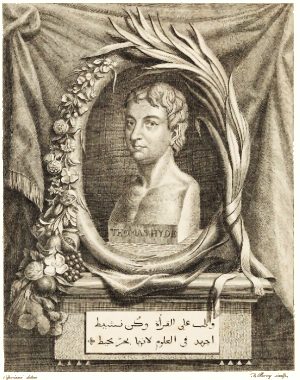China sage : Updates
![]() https://www.chinasage.info/updates.xml News of all updates to this web site are available as a news-feed so you can receive notifications of all the changes (on average one a month) automatically in your browser. Click on the RSS button to add it to your browser or copy and paste the link.
https://www.chinasage.info/updates.xml News of all updates to this web site are available as a news-feed so you can receive notifications of all the changes (on average one a month) automatically in your browser. Click on the RSS button to add it to your browser or copy and paste the link.
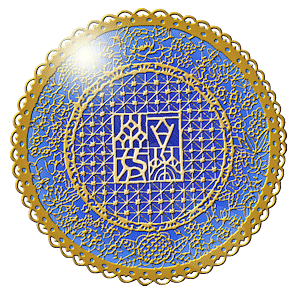
Thanks to the generous donations from Chinasage's Patreon ➚ sponsors we've just added quality photographs to many of our pages.
Although you can get images of all sorts of thing for free you do still have to pay for quality, particularly for specialist subjects. This time we have used 123rf for the new images who claim to have 200 million images to choose from. It takes a long time to make a choice and then they all need editing for usage, tagging and finally putting on the appropriate place on our hundreds of pages. We hope you will agree that they make a significant improvement.
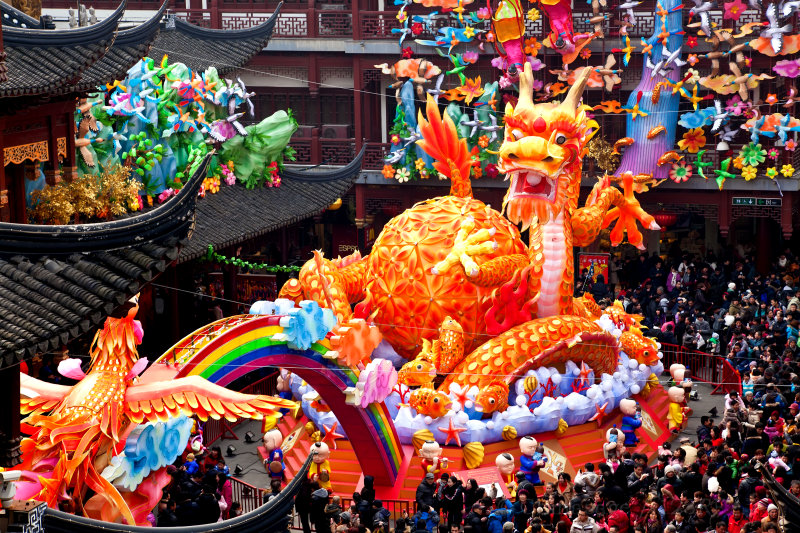
A significant gap in our coverage of Chinese culture has at last been filled. Although we already had articles on music, calligraphy, poetry we did not cover painting. It is a big subject and taken me several months of study to produce the lengthy summary of Chinese painting that has a continuous history of over 2,000 years. We include dozens of paintings by all the major artists down the ages as well as a general historical survey and a look at style and techniques.

We've re-engineered our popular I-Ching (Yi Jing) online free fortune telling page. It now works much faster with a refreshed user interface. This online implementation is unique in that it uses the Yarrow stick method of divination rather than coin tosses, so is far more authentic. When you make the consultation the choice is dependent on where you click the mouse - it is not random.
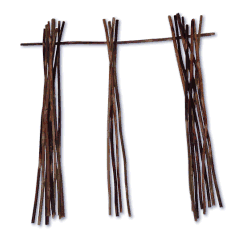
As books were first printed in China it is not surprising that China has a long history of literature. There are a handful of classic literature that everyone has read - or seen as they have all had several TV versions produced. Our new, short survey looks at the development of the Classics and the novels that make up Chinese literature.
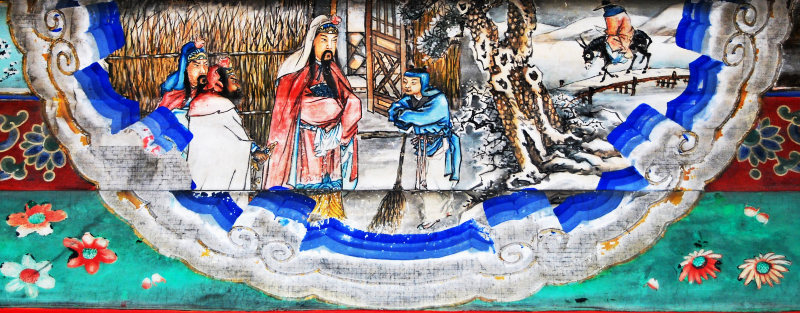
With continuing restrictions due to Covid19 (third lockdown) the ambitious plans for development have been put on hold again. However the lockdowns have not prevented me from working in the information on this web site. Having covered the basics of information about China (history, geography, traditions) the scope for brand new areas is becoming increasingly limited. Although every now nad again a new topic does present itself. In the latest case that is about a semi-legendary figure from the foundation of the Zhou dynasty over 2,000 years ago. In this case it was Laszlo Montgomery ➚'s video series that was the initial stimulus and then I discovered a recent film about Jiang Ziya has been produced and widely watched.
Together with this short topic the main emphasis has been on improving one hundred of the most popular pages of the web site. As ever countless errors and omissions have crept in over the years and they were due for another careful review.

A scene from the animated film (2020) 'Jiang Ziya',
The role of the British in 19th century China is normally seen as one of exploitation. In the case of General Gordon this does not seem quite accurate. Gordon worked as a mercenary for the Qing forces against the Taiping rebels and earned a lot of respect from Li Hongzhang and other Chinese leaders. His exploits earned him the name ‘Chinese Gordon’ in Britain long before he became the doomed hero of Khartoum fame.
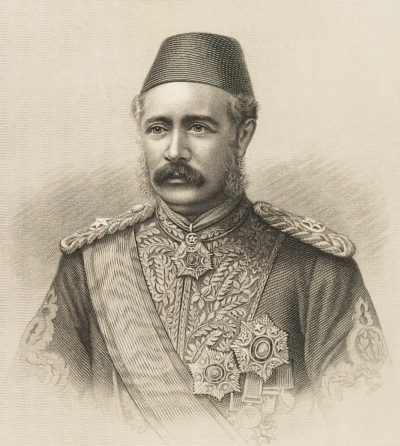
This much admired trio of figures founded the Zhou dynasty back in around 1100BCE. Little is known from historical source, not surprising as it all happened over over 3,000 years ago. The great sage Confucius held them, particularly the Duke of Zhou, as paragons of wise and virtuous government. We've added a brief introduction to these early figures of the early development of Chinese civilization to the web site. Both King Wen and the Duke of Zhou are associated with the great Chinese classic the Yi Jing and the development of the eight trigrams.
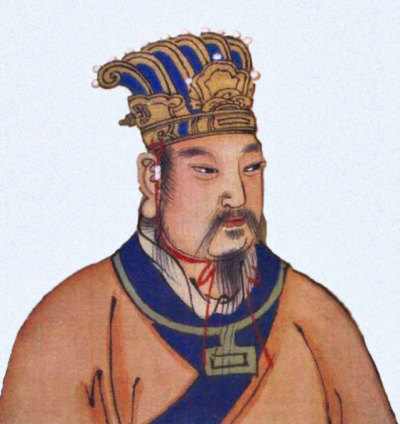
The Dao De Jing (or Tao Te Ching using the old spelling) is a much loved Chinese classic. It is written as a series of short, individual thoughts and contemplations of our place in the world. It follows the Daoist (Taoist) philosophical tradition and although it is over 2,500 years old it still has a message for us today.
We have added a brief introduction to this ancient classic as part of our coverage of Chinese culture.
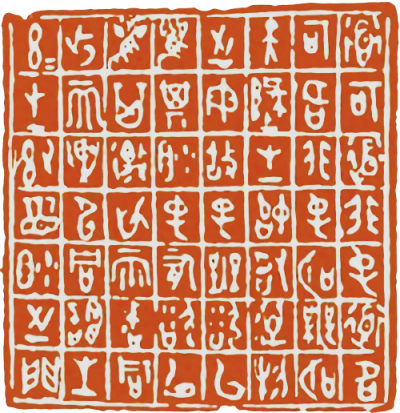
The conflict between the UK and China in the mid 19th century had its origin in the failed embassies sent by Britain to negotiate trade deals. The Chinese were not interested in British goods and Britain refused to acknowledge China as a superior nation.
Unlike all other European nations Macartney refused to perform the full obeisance (kowtow) before the Emperor. The Chinese were affronted and the British were sent packing. It was a clash of civilizations and national pride that led ultimately to the destruction of the Old Summer Palace, Beijing 65 years later.
We've add a comprehensive description to the web site of this historic confrontation of which lessons are still being learned.

A full 500 years before Leonardo da Vinci worked on various ingenious inventions and developed new theories, Shen Kuo had produced a similar range of ground-breaking discoveries. The contributions of China to scientific discovery is little known so we have added a short summary of the life of this great polymath from the early Song dynasty. Had his ideas been followed up in succeeding generations world history would look very different.
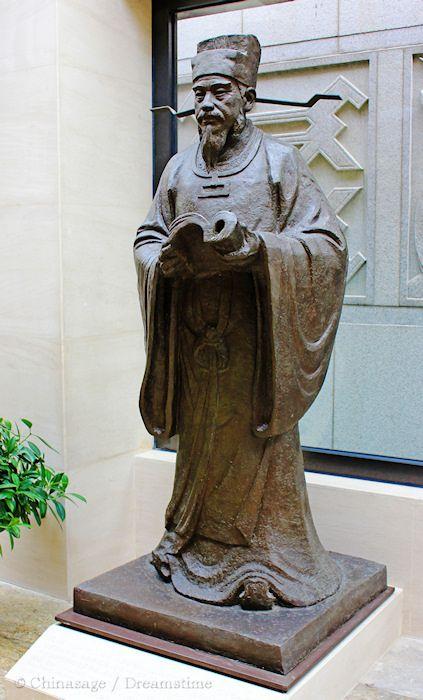
We've added a few more topics to the web site. The first is the success story that is the city state of Singapore, run primarily by people of Chinese descent. We've also added more about the early legendary gods and emperors that are much mentioned in myths and legends. Finally, again in the area of ancient China history we've added information about the small states that existed before the first Qin Emperor unified China.

Running a web site like this is a continuous process. Just when you think you've got the content looking good either the technology or the search algorithms change. We try to design the pages to work well with smartphones but these continue to develop with new features. In this latest set of changes we’ve made better use of the new HTML5 tags such as ‘aside’, ‘section’, ‘figcaption’ and ‘footer’. This helps browsers and Google work out what bits of a web page are important and which are peripheral.
When you make the changes you can never be sure whether it has improved matters and the web pages will then appear higher on Google searches as a result - you have to wait at least two months for everything to be re-indexed and re-analyzed.
We've also split the Chinese calendar away from the Festivals page as we think people are either interested in one or the other and not both. if you have any views on layout or content we are always delighted to hear from you - just use the envelope icon at the top of any page.
When looking for pages to give a good background to the spectacular tombs of the Ming Emperors we found that there was nothing that really covered the subject in depth. There were inconsistencies and confusion as to what could be found where and had to resort to using Google Earth to locate some of the buildings. We hope that our new page with numerous illustrations will help you appreciate the splendor of these magnificent constructions.
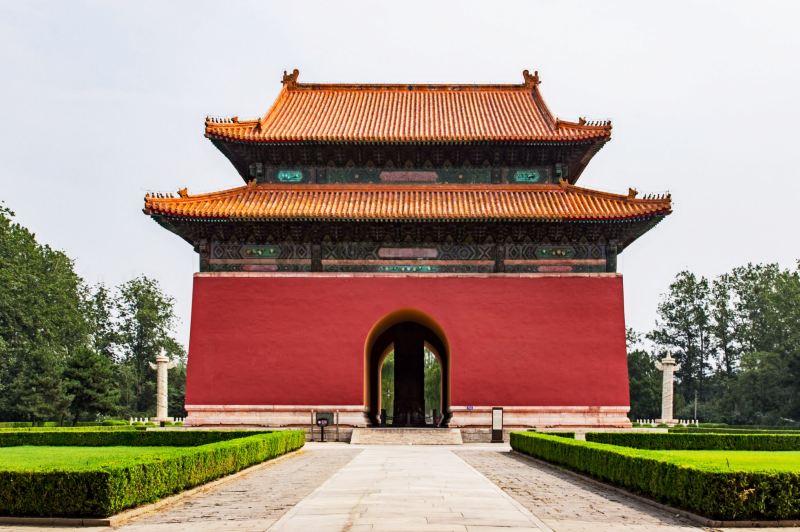
We've updated one or our earliest written pages to provide much more information about that great treasure of China - jade. We cover the Imperial jewel the Heshibi and have found some fine illustrations of jade objects that people have kindly uploaded for use on web sites.
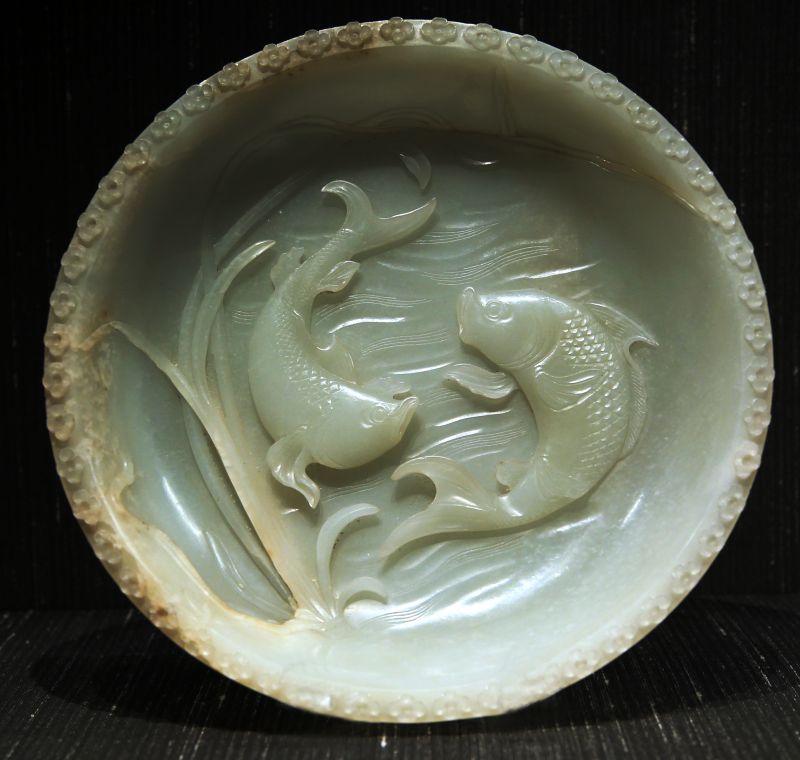
We can not ignore the news story that is dominating the world's news web pages. The new coronavirus (2019-nCoV) has the potential to become a major pandemic but so far containment within China seems to be working. It was first recorded on the very last day of 2019 in Wuhan, the provincial capital of Hubei province. To give information and advice we have put together a web page all about the outbreak from what we believe are trusted, authoritative sources. We aim to keep the page updated frequently until the outbreak is under control.

Our popular quizzes have had a little bit of a make-over. We found that General quiz 4 had not been functioning properly. We also found that about 1% of answers were marked incorrectly - it indicated an incorrect answer as the correct one.
If you spot a problem with a quiz question or have a suggestion for new questions or whole quizzes please contact us.
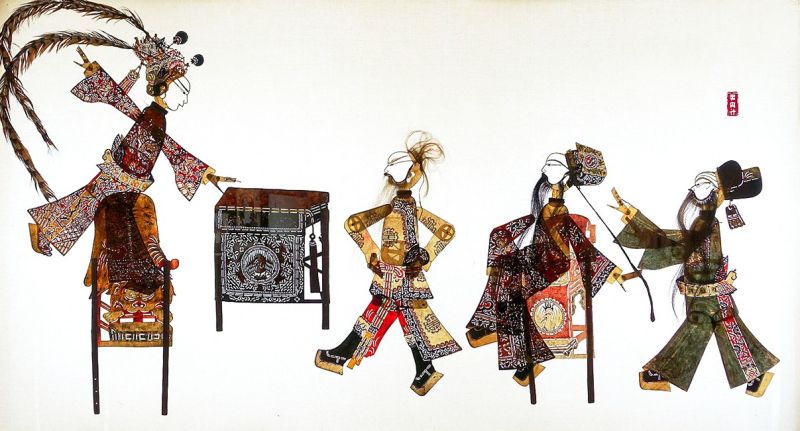
In addition to a guide to the history and gneral form of paper-cuts we have now added step-by-step guides to how to make five paper-cuts. This includes a simple one based on the character for Double Happiness.
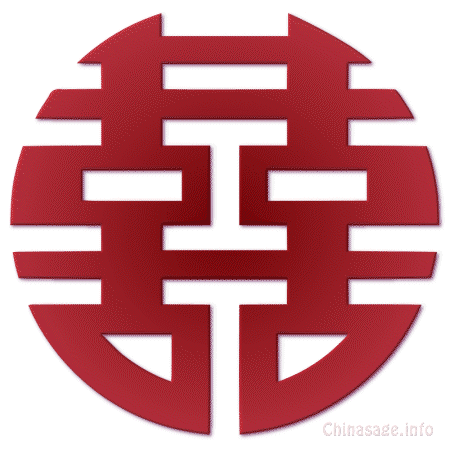
With the invention of paper about 2,000 years ago, China had a head start in making paper-cuts. There is a huge range of intricate, artistic designs that can take a minute, ... or months to make. Many make use of symbolism to conceal a hidden message while modern forms have taken the basic idea into new, exciting areas. For a quick guide please see our new web page all about this neglected art-form.
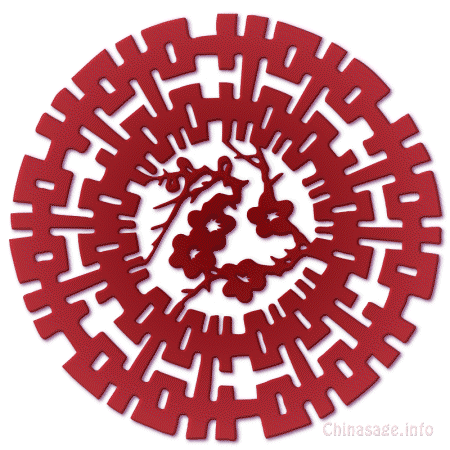
The big new page we've added attempts to summarize the Mongol conquest of China and Asia. Although Genghis khan is widely covered elsewhere we found very few maps that clearly show the expansion of the Mongol Empire and this made it hard to understand. We've also found some nice illustrations of the Mongol people and paintings of the Mongol conquest.
We've also added a new translation of the Thousand Character Classic ; Steles; Chinoiserie and the South China Sea. If there is a topic you would like us to cover then please let us know.

The performing arts in China have a long history. Although modern media has reduced audiences there are still dedicated practitioners who spend their lives honing their skills at puppetry, story-telling, street theater, lion and dragon dancing.
We have added a page describing these art forms and by using a dozen carefully selected YouTube videos you can see these art-forms brought to life.
Our page on Chinese opera has proven very popular and we hope this new page will bring the less well known performing arts to wider attention.
The stimulus to writing this brief survey was the recent death of the noted Pingshu story-teller Shan Tianfang.
We've been busy adding a few hundred more characters to our web site. We use Chinese characters within the web pages whereever possible. To aid people learning the language we provide a simple pop-up that gives extra information when you hover the mouse over characters. We won't be able to add a full disctionary as there are thousands of them, we aim to provide about 1,000 of the most commonly used ones.
Over the last few years more and more web sites have moved to use the latest HTML technology. We have waited until all major modern web browsers fully support it. HTML5 offers a lot more options for presenting web information. We have changed to use the new header, nav (Navigation), main (Main body of text) as well as aside, section and article tags. A few HTML4 features are now obsolete so we have changed pages where necessary. The changes will not be all that noticeable to users, it is mainly search engines that will appreciate the more logical structure.
We have continued to use the stricter form of HTML, commonly called XHMTL, that enforces strict matching of open and close tags. It's a shame that more web sites don't use this stricter standard as it makes differences between browsers much less likely. Nobody these days should be writing HTML directly and so a tool can make sure all the tags are properly formatted and matched.
If you spot any problems with the new web site please let us know.
We've put in a number of site optimizations to make the information load faster. The performance according to Google Analytics is now at 100% performance for desktops. Unfortunately an information web site like this is not ideal for smart-phones as there is a lot of text and graphical information to broadcast.
We've also spruced up our Chinese astrology page - it was one of the first ones we added back in 2012.
With the centenary of the May 4th Movement coming up next year it seems a good time to look back on the events of 1919. After World War I China underwent ignominious treatment under the terms of the Versailles Treaty. Shandong province which had been leased by Germany was to be handed to Japan rather than returned to Chinese control. Anti-Japanese fervor had already been brewing over the 21 Demands which a supine Chinese government had accepted. It looked like not only Shandong but Fujian province would be lost too.
In the first mass urban protest in China student led demonstrations eventually caused the government to reverse its pro-Japanese polices and China refused to sign the Versailles Treaty. The May Fourth Movement pioneered the use of vernacular Chinese in magazines and pamphlets and just as importantly women began to take an equal part in reformist organizations.


The high point of Western appreciation came in the early 18th century. One man was a real fan of China - Gottfried Leibniz and many of his great discoveries (monads, calculus, binary arithmetic) were inspired by Chinese civilization. After his time though relations soon deteriorated.
The early contacts between the UK and China are revealing about attitudes back in the 17th century that seem to have changed little. The first few attempted contacts were purely to open up trading opportunities which were at this time chiefly wool. When the information started coming back from the Jesuit mission to Beijing the intellectuals in Britain were intrigued. There followed half a century of avid interest in all things Chinese. This new article looks at two people with differing interests in China John Weddell and John Webb.
